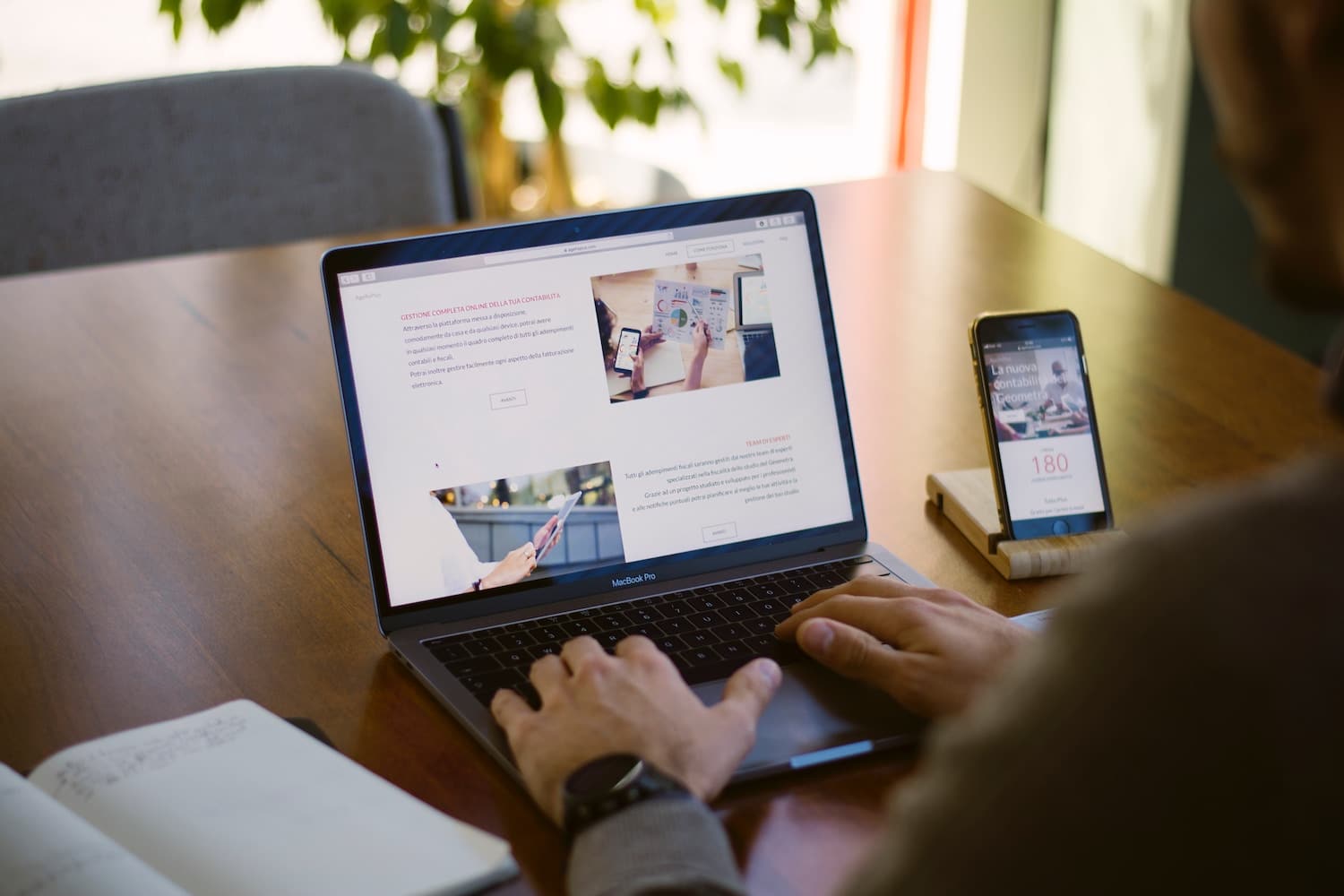
How many times have you opened your laptop or phone with a specific task in mind, only to see a notification and completely forget what you wanted to do in the first place? In our modern tech-saturated world, there is always something new grabbing our attention. Whether it’s a constantly-updating social media feed, news articles reporting the latest catastrophe, or a text or an email that seemingly requires immediate response, there are always outlets competing for our attention.
Deep Work
In his book Deep Work, Cal Newport identifies emails as a major inhibitor of focus. Newport found that the ability to work deeply has grown increasingly rare at the same time that it has become increasingly valuable, due in part to the way we have embraced a culture of connectivity over one of productivity.
We often view our inboxes as to-do lists and spend our days making our way through responses and creating materials needed to respond ourselves. You can stay very busy doing this sort of work, but are you really being productive? Are you being proactive and thinking ahead towards a long-term goal, or are you being reactiveto what seems urgent in the moment?
To explain this phenomenon, Newport introduces his Principle of Least Resistance:
“In a business setting, without clear feedback on the impact of various behaviors to the bottom line, we will tend towards the behaviors that are easiest in the moment.”
It is difficult to figure out how the habits and culture of your workplace affect the bottom line, but Atlantic Media did so, and Newport reports that they found they spend well over a million dollars a year to pay people to process emails.
Now that number is high, but it would be worth it if this connectivity created value for the company, right?
Well the Boston Consulting Group tested this out by having each member of the team completely disconnect from communication channels for one day of the work week to spend that time in deep work instead. Whereas before this experiment this management consulting firm prided itself on its quick response time to its clients, Newport reports that they found that enjoyment and productivity levels increased all around when employees were no longer beholden to the demands of their inbox 24/7.
An old business professor of mine used to remind us that there is no such thing as multitasking, only task switching. Whether you get 3 or 300 emails a day, every time you move over to the inbox tab, even just to read the subject line and tag it for later, you’re increasing the amount of willpower needed to get back into your task at hand.
The here-there-path
When you operate by jumping to whatever is demanding your attention next, you are likely utilizing the here-there-path rather than the There-Here-Path. The here-there-path is also known as the problem solving method. This approach is reactive and involves responding to whatever feels the most urgent in the moment (in your Here), instead of looking ahead to the future (your There). It is characterized by moving away from something rather than towards something else. This may become necessary in an emergency when your Here is untenable, but it is not useful in the day to day.
So why don’t we all do what the Boston Consulting Group did and force ourselves to disconnect in order to have the focus necessary to do deep work? Well, looking back to the Principle of Least Resistance, it’s because the alternative is easier. Responding to an email right away is much easier than getting deep into a research project or crunching numbers. It doesn’t require any intentionality or planning ahead.
We also have not built up our muscle for deep work, so it feels unnatural and uncomfortable at times to force ourselves to focus on one thing for an extended period of time. Maybe you’ll copy the experiment at the Boston Consulting Group and disconnect one day a week. Or maybe you’ll wait to look at emails until lunch so you can have the mornings be distraction-free. Choose whatever works best for you and your workplace at the moment, but the only way to develop endurance is to start training.




